I Register People to Donate Bone Marrow
I am a Donor Recruitment Coordinator for DKMS, a non-profit and the largest bone marrow donor center in the world. We work to find and facilitate transplant matches for patients with blood cancers and blood diseases.
I am a Donor Recruitment Coordinator for DKMS, a non-profit and the largest bone marrow donor center in the world. We work to find and facilitate transplant matches for patients with blood cancers and blood diseases. This means I am basically on the front lines of the bone marrow donation process educating people about the national registry and working to dispel common myths about being a marrow donor. I work pretty closely with our college program and most of my days consist of working with college students to host bone marrow registration drives on their campuses.

University of Missouri. We have hundreds of college drives each year to help find matches for the thousands of people in need of a match.
One of the most important reasons we work so closely with colleges is that statistics show that young donors between the ages of 18–30 are better matches, for a number of reasons. We work really hard every day to talk about this with people. So many don’t know the impact that they can have on a person who needs a transplant.
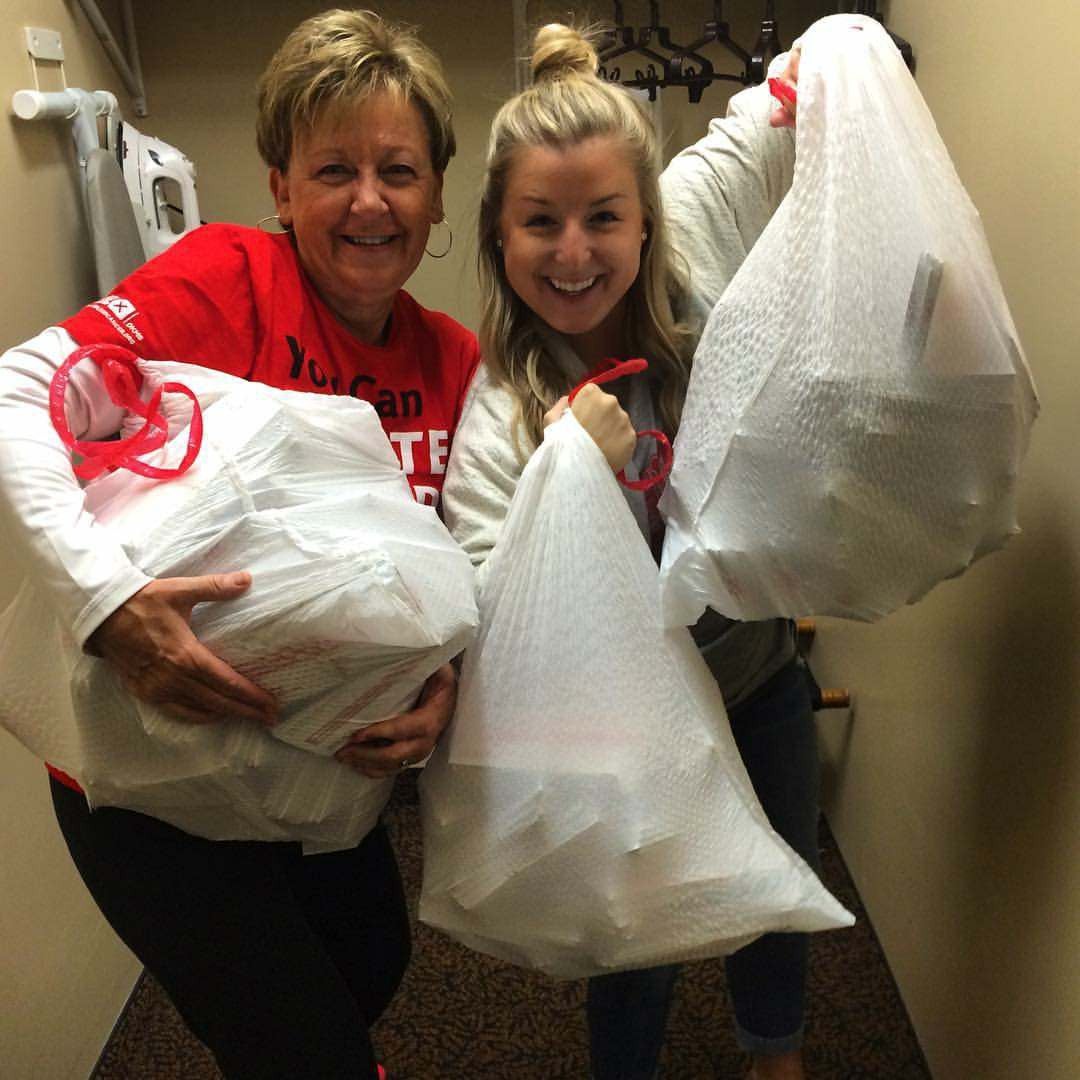
Another common misunderstanding about being a donor is that if you have siblings or healthy family members, they are automatically eligible to be donors for their relative in need. This is just not true. Only 30% of people have a match from a family member. That means 70% have to rely on a complete stranger to literally save their lives.
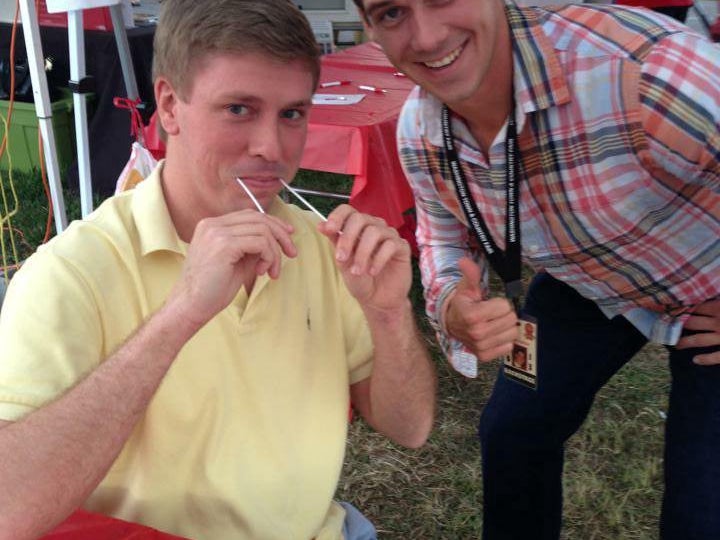
Most people don’t know how simple it is to register. It takes less than three minutes and looks like what my husband and his friend are doing in the photo above. You’ll also fill out a form that asks you simple questions about your contact information, general health, and heritage.
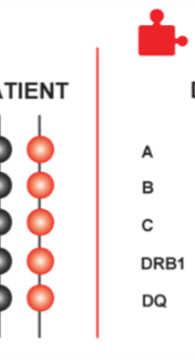
What do we test for on those swabs? Glad you asked! We’re looking at a section of DNA called your human leukocyte antigen (HLA) characteristics.
A common misconception is that a match is dependent on blood type but it is all about this little section of DNA. You can actually donate to someone with a different blood type than you. When this happens the patient's blood type changes and they produce their donor's blood type (along with inheriting their allergies) for the rest of their life. Science is neat.
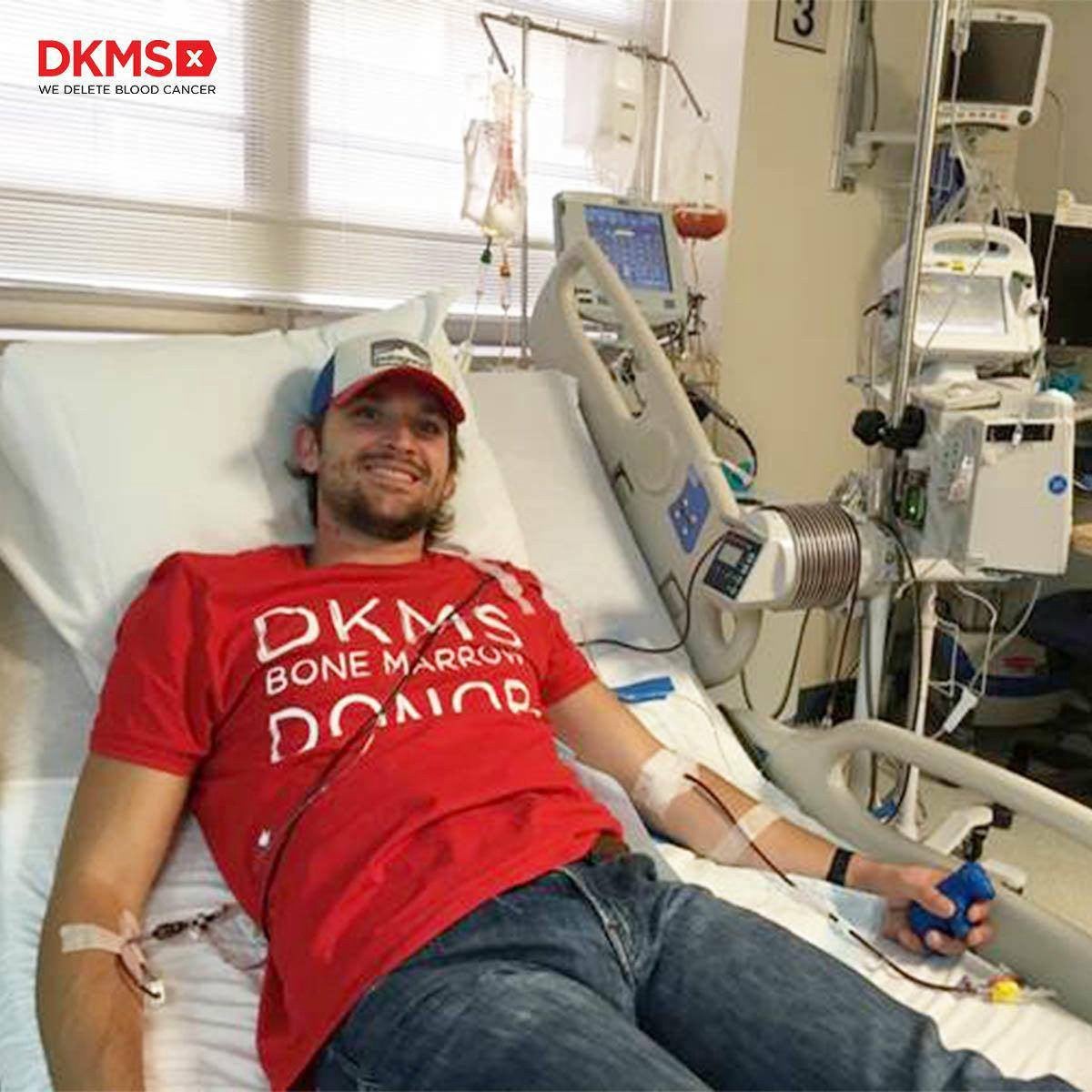
But what happens if you get called as match? Getting matched is rare…only 1% of people on the registry are called. For those who get the call, 75% of the time donating will look something like the photo on the left.
This is peripheral blood stem cell donation. Blood is removed from one arm, filtered through a machine to remove stem cells, and then returned to the opposite arm. Side effects include: aching and fatigue from the protein injections given the days leading up, mild discomfort from the IV’s , and 4 to 8 hours of Netflix and pizza (this is the amount of time it takes to donate and most people watch movies and eat while they are donating).
The other 20 percent of the time, especially if you are matched to a baby or small child, we are gonna need that liquid marrow. Contrary to popular belief, this is not an painful procedure.
Here’s how it works:
- Arrive at the hospital
- Be put under general anesthesia
- A syringe will be used to extract liquid marrow from your lower back pelvic bone. (YOU WON’T FEEL A THING!)
- Go home!
There are some side effects, and they include: tenderness, bruising sensation on your lower back (most people say it feels like they fell on ice and have a very bruised lower back for a week), limited physical activity for one week, and an excuse to take a strategically angled post-op butt photo.
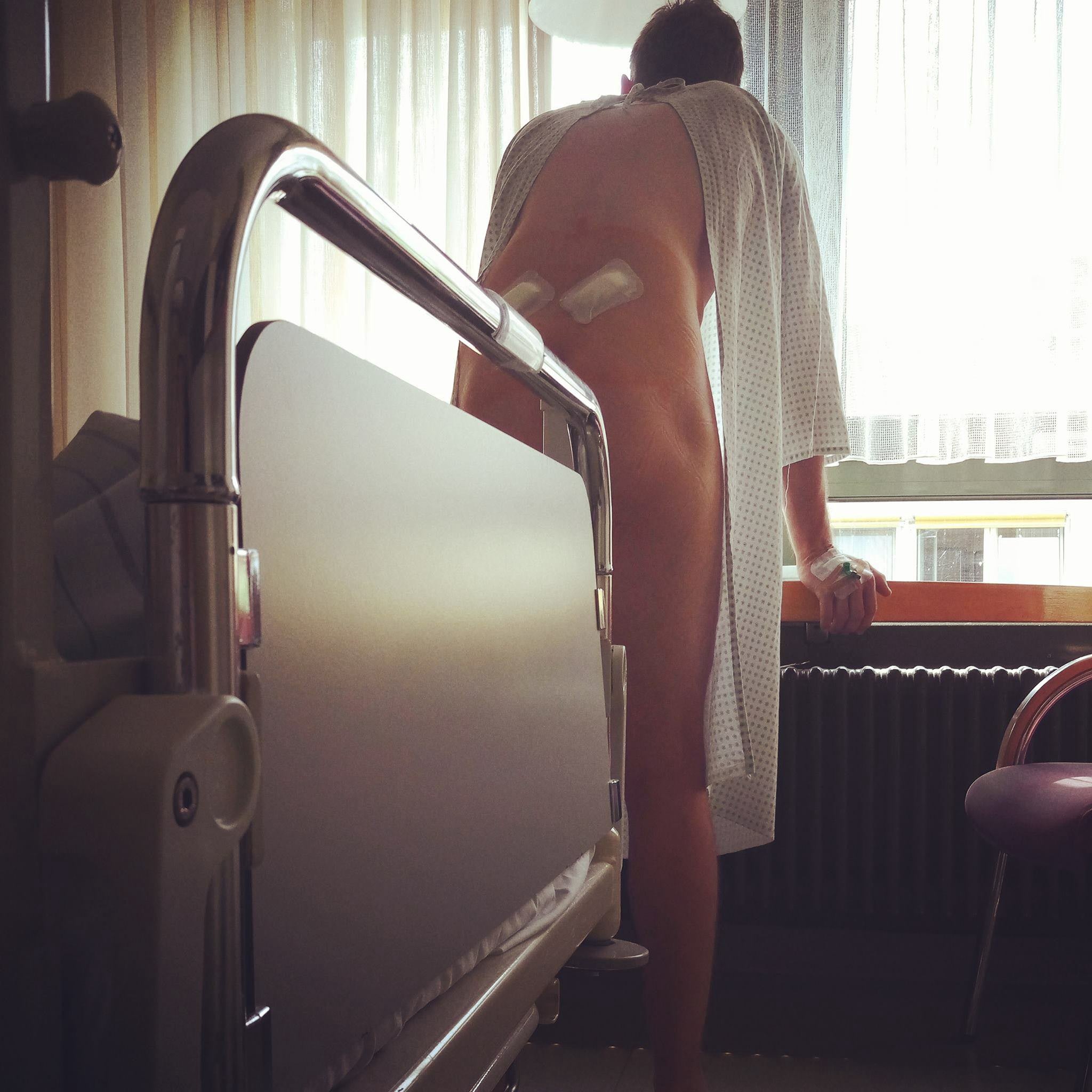
The medical procedure is covered under the patient-in-need’s insurance and DKMS will arrange and cover transportation to and from the collection center (and someone of your choice to tag along), hotels and meals while you are there, and we fully reimburse you if you have to take any time off of work.
The medical procedure is covered under the patient-in-need’s insurance and DKMS will arrange and cover transportation to and from the collection center (and someone of your choice to tag along), hotels and meals while you are there, and we fully reimburse you if you have to take any time off of work.
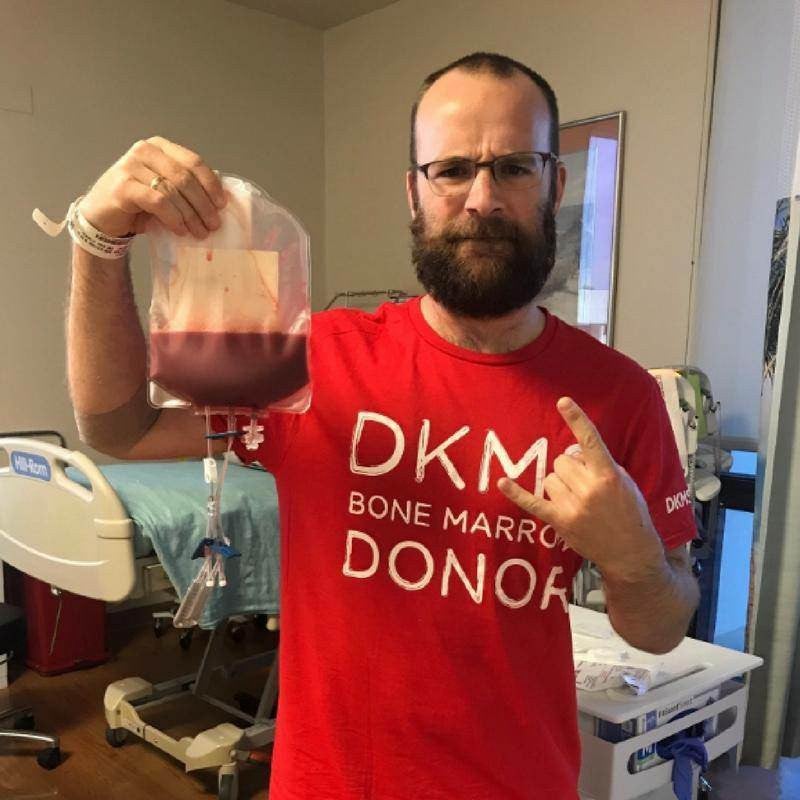
“I saw firsthand how quickly a person’s health can turn on them, so when it comes to things like donating bone marrow, I’ve always wanted to do as much as I can, because I know what it’s like when somebody is in a difficult medical situation and needs help.” DMKS Donor, Jeff.
This is just a brief look into what donor recruiters are doing everyday at DMKS. I am lucky to, and even after five years, I’m still inspired every day by our selfless donors.